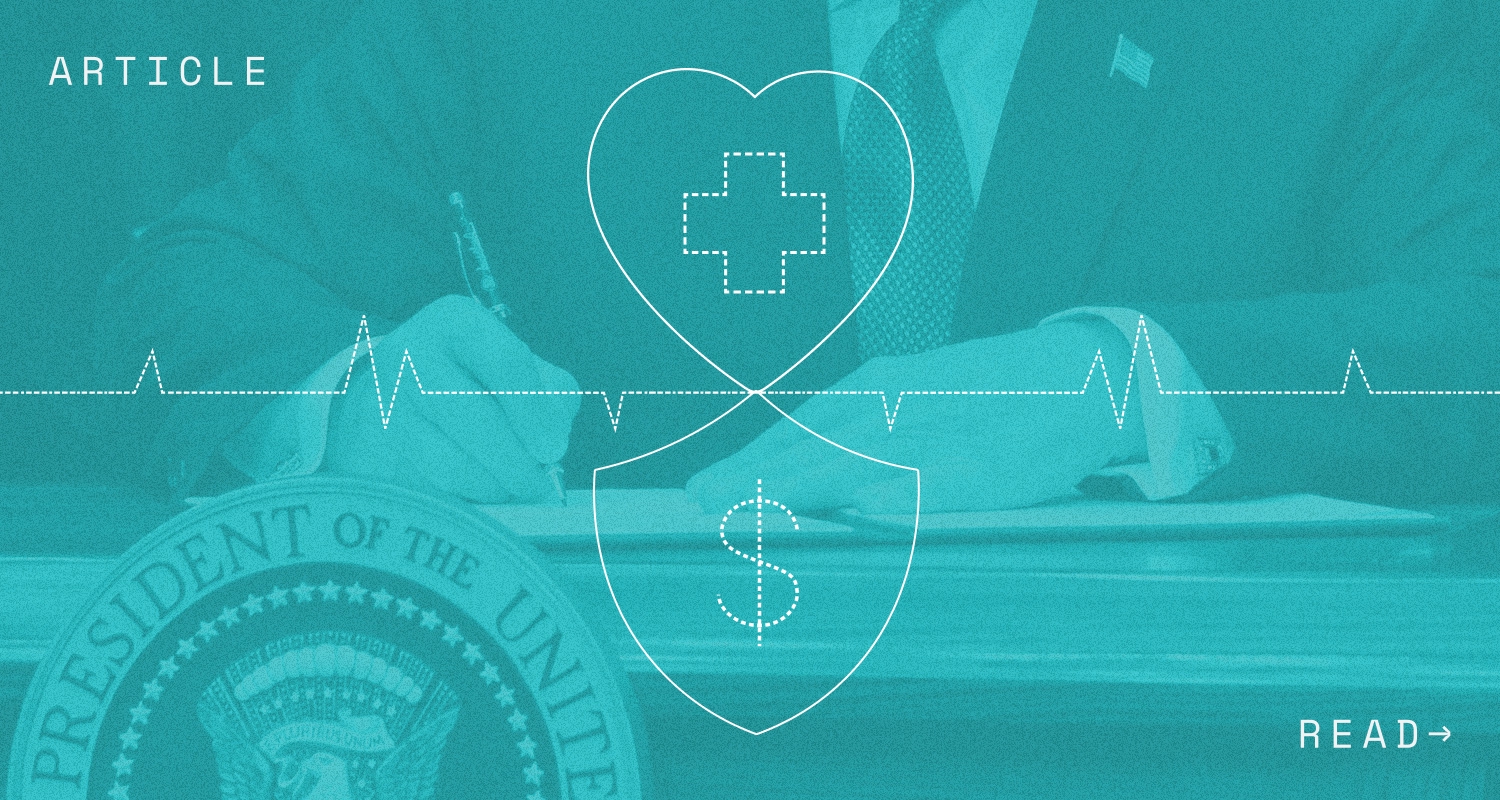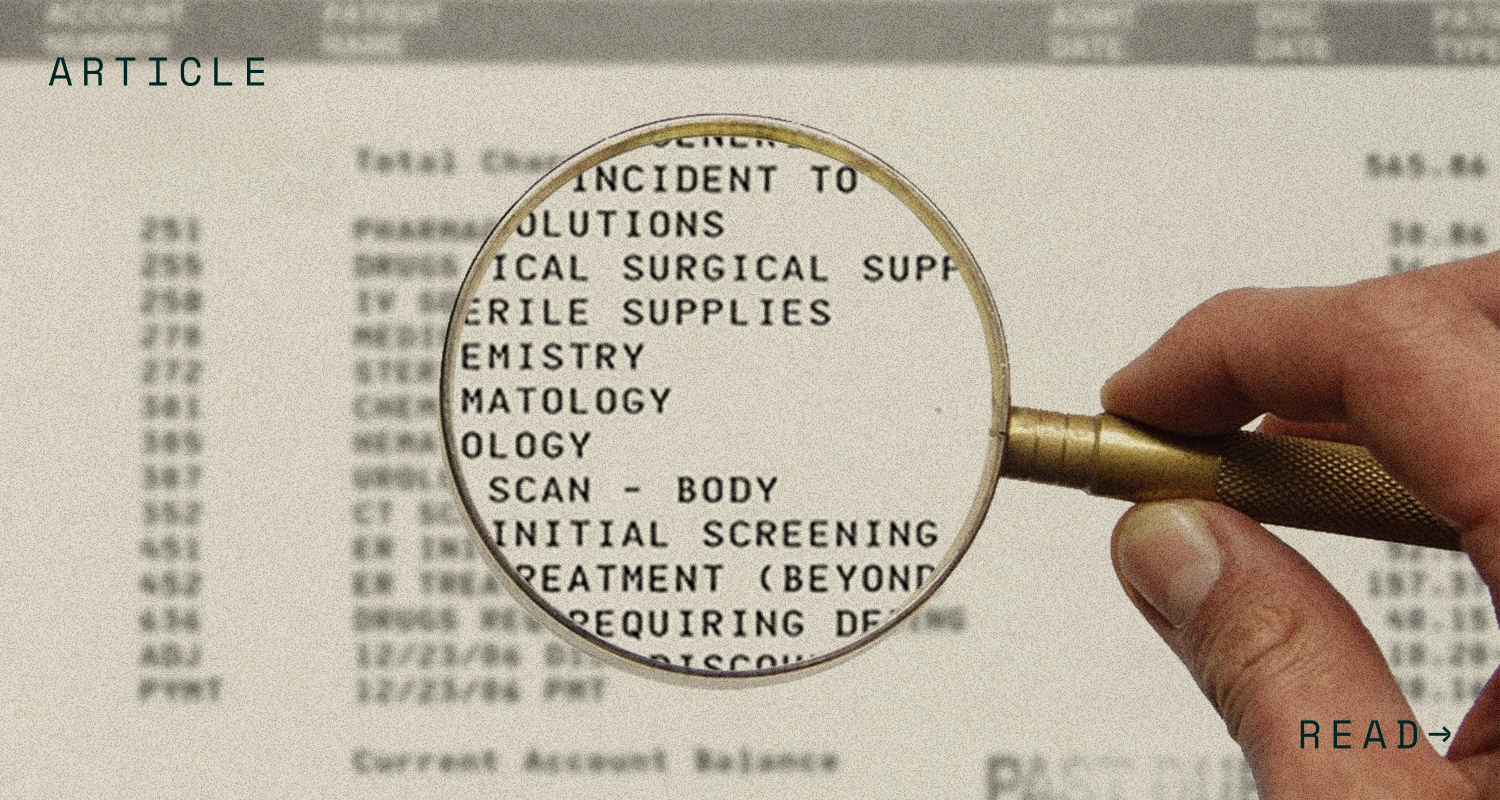
In October, the Department of Labor (DOL) released proposed regulations that would allow plan sponsors (i.e. employers) to furnish retirement plan disclosures to individuals by posting them to a website. The proposed regulations would add a new “safe harbor” to the existing electronic disclosure safe harbors, which currently allow employers to electronically distribute plan documents to employees who regularly use electronic media at work and those who affirmatively consent to such delivery.
The proposed safe harbor requires employers to fulfill similar notice and technical requirements under the existing safe harbors, however the proposed regulations:
- Allow an electronic posting for all types of employees, not only those who regularly use electronic media at work; and
- Do not require individuals to affirmatively consent to electronic disclosures.
It is important to note that the proposed safe harbor would not apply to health and welfare plans at this juncture. This means that employers would not be able to use this proposed safe harbor to distribute health and welfare plan disclosures to employees. The DOL has expressed that it may propose a similar safe harbor for health and welfare plans.
Background on the Electronic Delivery of Plan Disclosures
Under ERISA, sponsors of health and welfare plans and retirement plans (such as employers) are required to furnish certain plan documents and notices to participants, beneficiaries, and other individuals (collectively referred to as “covered individuals”). Plan sponsors are required to deliver these disclosures in a way that is reasonably calculated to ensure the receipt by covered individuals.
In 2002, the DOL established safe harbors (“2002 safe harbors”) that allowed plan sponsors of both health and welfare plans and retirement plans to electronically distribute plan disclosures if they took certain steps outlined in the regulations. Specifically, the safe harbors allowed employers to send plan documents electronically to employees that had regular access to electronic media at work and used it regularly as a part of their job duties (so-called “wired at work” employees). Employers could only send disclosures electronically to individuals that were not “wired at work,” including active employees, terminated employees, and COBRA participants, if those individuals first provided an affirmative consent to do so.
Proposed Electronic Disclosure Safe Harbor
The proposed rules would add an additional safe harbor that would only apply to retirement plan disclosures. Employers who wish to furnish documents according to the existing safe harbors would still be compliant.
The new safe harbor would allow employers to satisfy their disclosure obligations by posting the required documents (such as the retirement plan summary plan description, summary of annual report, and annual funding notice) to a website, if the below requirements are met:
- The covered individual provides the employer with an email address or internet-connected mobile device (e.g. smartphone) number or the employer assigns the covered individual an electronic address that can be used to access the documents.
- The employer electronically notifies covered individuals that the documents are available on the website at the time the document is posted or, alternatively, notifies covered individuals of all the documents that will be available on the website each plan year. Either notice must contain the following statements:
- A prominent statement that reads, “Disclosure About Your Retirement Plan;’’
- ‘‘Important information about your retirement plan is available at the website address below. Please review this information;’’
- A brief description of the covered document(s);
- The website address where the covered document(s) is available (either a link to the document(s) or page that directly links to the documents(s));
- The right to request a free paper version of the covered document(s) and an explanation of how to request paper copies;
- The right to opt out of receiving covered documents electronically, and an explanation of how to opt out; and
- A telephone number to contact the administrator or other designated representative of the plan.
- The employer ensures that documents are readily accessible to covered individuals on the website and protects any confidential information.
- The employer promptly furnishes paper copies of documents upon request.
- The employer takes reasonable steps to provide documents to covered individuals whose electronic addresses are invalid or undeliverable, such as delivering the documents to a second electronic address or promptly furnishing paper copies.
- The employer takes steps to ensure the continued accuracy of terminated employees’ electronic addresses.
Impact of the Proposed Safe Harbor
The proposed safe harbor is expected to save employers significant costs associated with printing and distributing plan communications to covered individuals. Unlike the existing 2002 DOL safe harbors, employers will no longer need to apply different electronic disclosures rules to those employees who are “wired at work” and those who are not. In addition, employers will no longer need to obtain affirmative consent from individuals who are not wired at work, including active employees without regular access to a computer or terminating employees in order to electronically send them plan disclosures.
The period for submitting comments on the proposed safe harbor was November 22, 2019. It remains to be seen whether the proposed regulations will be changed before they are finalized. In the meantime, employers will be eagerly awaiting any news from the DOL on plans to release a similar safe harbor for health and welfare plan disclosures.
Additional Resources
Proposed Electronic Disclosure Safe Harbor for Retirement Plan Disclosures
The information and materials on this blog are provided for informational purposes only and are not intended to constitute legal or tax advice. Information provided in this blog may not reflect the most current legal developments and may vary by jurisdiction. The content on this blog is for general informational purposes only and does not apply to any particular facts or circumstances. The use of this blog does not in any way establish an attorney-client relationship, nor should any such relationship be implied, and the contents do not constitute legal or tax advice. If you require legal or tax advice, please consult with a licensed attorney or tax professional in your jurisdiction. The contributing authors expressly disclaim all liability to any persons or entities with respect to any action or inaction based on the contents of this blog.



